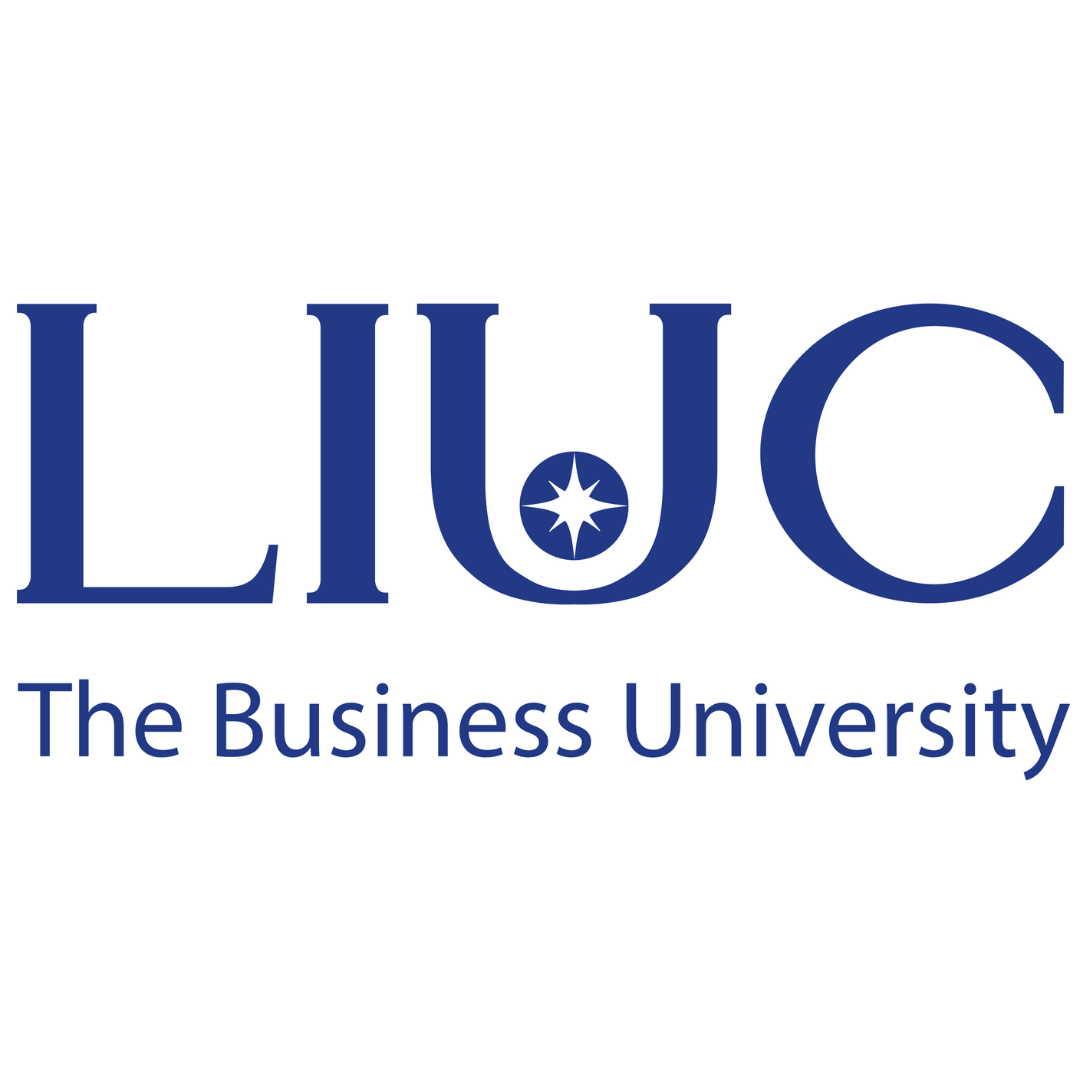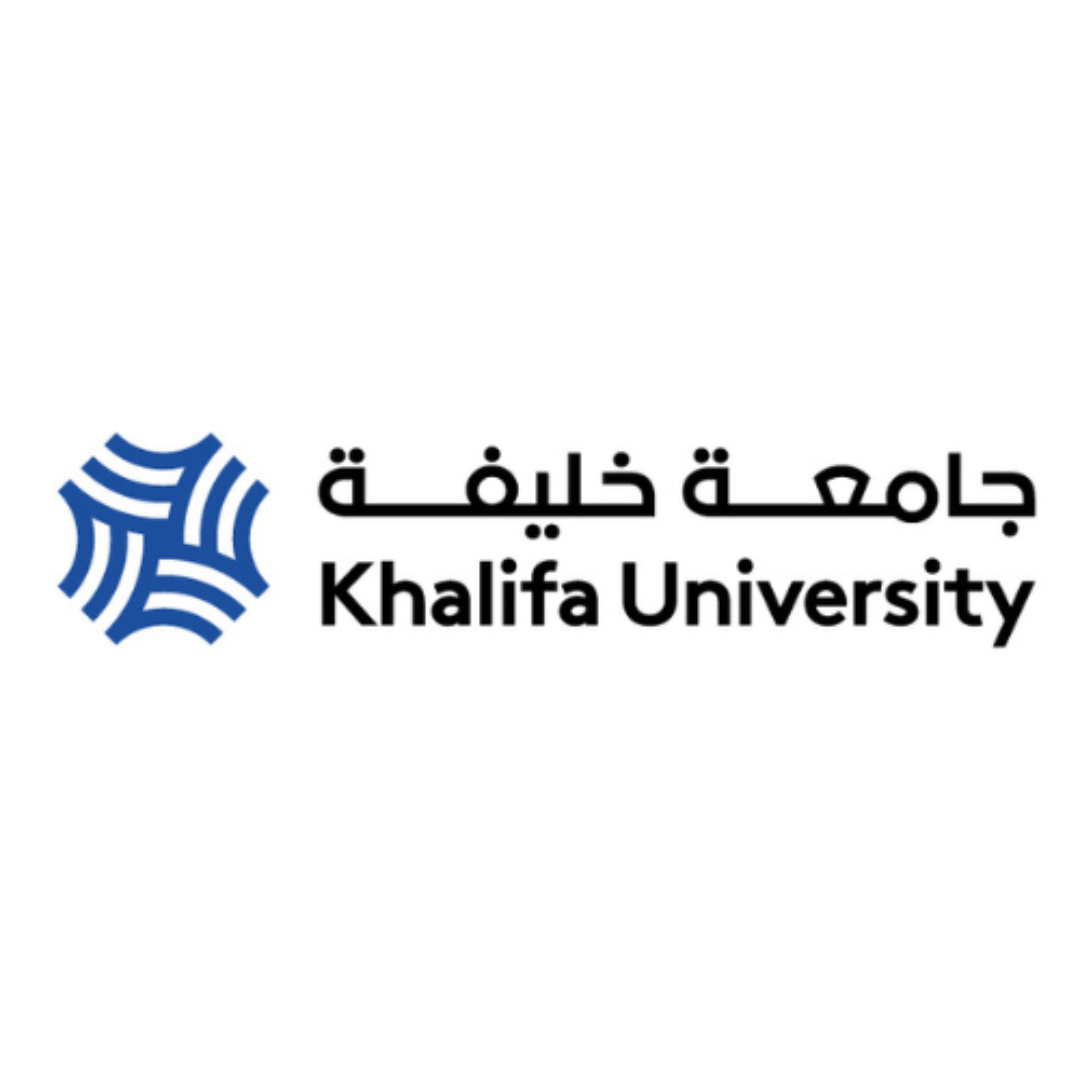Topics covered include the design of aerospace structures and systems, strength of materials, vibration theory, thermofluids, materials and manufacturing technology. The formal engineering design process and how it relates to aircraft engineering practice is introduced; as well as computer-aided design and information technology related techniques.
You’ll also study project and quality management to ensure you’re equipped with the management skills required for a demanding and rewarding engineering career.
Practical focus
This programme is delivered via laboratories and software sessions to ensure you have a sound academic underpinning and the practical skills necessary to launch a successful career in this industry.
Industrial visits to organisations such as Spirit AeroSystems and British Airways are incorporated into the course and these will allow you to see real-world applications of the subjects you’ll study throughout this course.
Study abroad
It is always possible to augment your studies and broaden your horizons by learning a new language and prepare for the best international opportunities. You can find out more on learning a language and studying abroad through on our study abroad at UWS webpage.
Year 1
Applied statics and dynamics, materials and mathematics provide a foundation to engineering design. Professional and industrial studies are introduced alongside skills development in communications and IT technology.
Year 2
Topics include design of aerospace structures and systems, strength of materials, vibration theory, materials and manufacturing technology. The formal engineering design process and how it relates to aircraft engineering practice is introduced; as well as computer-aided design and information technology related techniques.
Year 3
Skills in design and applied mechanics are enhanced. Aerodynamics and aircraft performance; intelligent systems and control technologies; aircraft design and modelling; advanced computer-based analysis and simulation techniques are introduced, along with project management skills.
Year 4 (BEng Hons)
Aerodynamic understanding is enhanced whilst design, analysis and testing of composite structures is introduced. Computer-aided engineering design is explored further through finite element analysis and computational fluid dynamics is introduced. Aircraft conceptual design and a major individual project complete the learning in Year 4.
Year 5 (MEng Hons)
Aircraft Structural Analysis, Aeroelasticity, Advanced Finite Element Analysis and Computational Fluid Dynamics and a major Group Project are amongst the modules to complete the MEng (Hons) programme of study.
Teaching & Assessment
A variety of assessment approaches are utilised throughout the course such as examination, written coursework, portfolio and presentations.
Watch videos of some of our laboratories:
Learn a language (Optional)
This course also gives you the option of taking a language module, which can count towards your degree. These modules cover multiple languages and range from absolute beginner to near-native speaker level.
Course Structure
Find out more about the structure, learning outcomes, compulsory and optional modules in this course.
BEng (Hons)Aircraft Engineering Course Structure
MEng (Hons) Aircraft Engineering Course Structure
Show less














